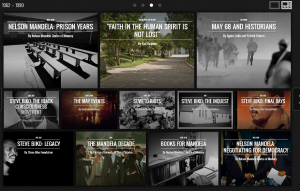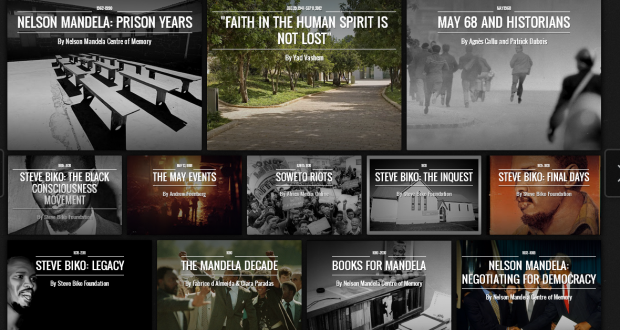 The San Bernardino County Museum in Redlands, California today announced it is adding high resolution images to the Google Cultural Institute allowing people across the United States to explore its collections online. The images will go online on February 10.
The San Bernardino County Museum in Redlands, California today announced it is adding high resolution images to the Google Cultural Institute allowing people across the United States to explore its collections online. The images will go online on February 10.
Native American baskets and pottery from the museum’s ethnology collections were selected to become part of the Google Cultural Institute. The resolution of these images, combined with a custom built zoom viewer, allows everyone from art-lovers anthropologists to discover details of objects they may never have seen up close before.
“We are delighted to join the Google Cultural Institute to make some of our collections accessible to a wider public,” said Leonard Hernandez, the museum’s interim director. “The artifacts that will be available for study and enjoyment through this project will expand many viewers’ perceptions of ‘art.’ These Native American baskets will be joined by examples of other aspects of the museum collections, including some beautiful mineral specimens that could be seen as Nature’s works of art.”
Visitors to the Google Cultural Institute can browse works by the artist’s name, the artwork, the type of art, the museum, the country, collections and the time period. Google+ and video hangouts are integrated on the site, allowing viewers to invite their friends to view and discuss their favorite works in a video chat or follow a guided tour from an expert.
The ‘My Gallery’ feature allows users to save specific views of any of artworks or artifacts and build their own personalized gallery. Comments can be added to each object and the whole gallery can then be shared with friends and family. It’s an ideal tool for students or groups to work on collaborative projects or collections. In addition, a feature called ‘Compare’ allows you to examine two pieces side-by-side to look at how styles evolved over time, connect trends across cultures, or delve deeply into two parts of the same work.
The Google Cultural Institute is dedicated to creating technology that helps the cultural community to bring their art, archives, heritage sites and other material online. The aim is to increase the range and volume of material from the cultural world that is available for people to explore online and in doing so, democratize access to it and preserve it for future generations.
 Westside Story Newspaper – Online The News of The Empire – Sharing the Quest for Excellence
Westside Story Newspaper – Online The News of The Empire – Sharing the Quest for Excellence




